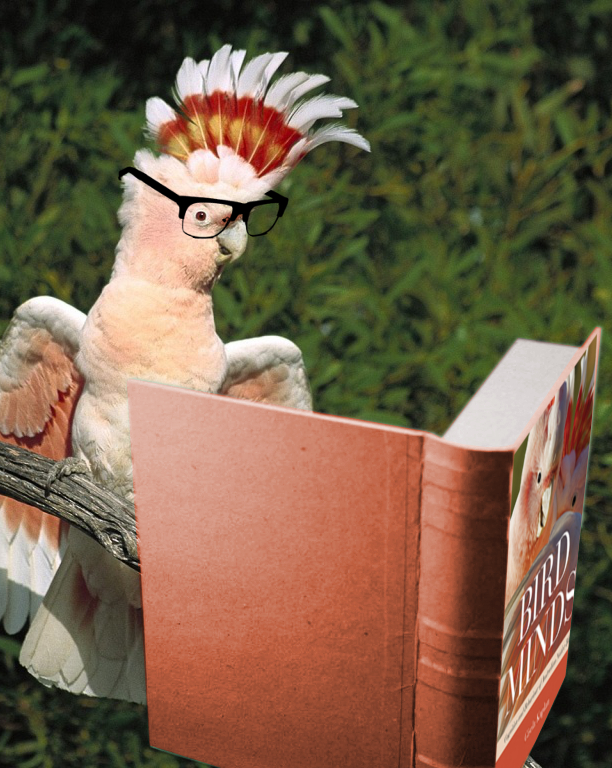Expert aims to clip 'feather-brain' image
 Experts are trying to destroy the myth of ‘bird brains’ - arguing that Australian birds are both cognitively and emotionally more intelligent and complex than many assume.
Experts are trying to destroy the myth of ‘bird brains’ - arguing that Australian birds are both cognitively and emotionally more intelligent and complex than many assume.
Researchers say birds are capable of intricate cognitive thought, possess impressive spatial memory, and show advanced problem-solving behaviour by insight.
They are also highly resourceful, and have the ability to learn, play and show other behaviours not normally associated with birds.
University of New England academic and avian author, Professor Gisela Kaplan, has produced a new book that is being hailed as the first definitive work to be published on Australian birds since 1975.
From studies spanning many years and countless birds, Prof Kaplan has found and described some fascinating bird behaviour, including tool use and problem solving.
A few examples are:
- White-wing choughs can prise open mussels by using shell fragments inserted between the lips of the mussels.
- Birds travel incredible distances to find food sources. They will also remember the locations. Long-lasting spatial memory of scarce resources was previously described in elephants and orang-utans and is thought to require complex cognition.
- Torresian crows and currawongs feed unharmed on cane toads despite their poison glands, by flipping them over onto their belly and avoiding the poisonous points on their backs.
- Juvenile Australian magpies exhibit play behaviour equivalent to that observed in human children aged three to five years, such as hide-and-seek. “Play was observed in many Australian bird species and research shows that birds that play socially have larger brains and live longer,” Prof Kaplan said.
- Palm cockatoos use and even manufacture tools, while black-breasted buzzards pick up rocks and drop them onto hard-shelled emu eggs to crack them open
- Black kites even move glowing twigs in fire events to start a new fire so they can collect charcoaled food.
“Another lesser known but significant fact is that songbirds evolved in Australia (East Gondwana), survived mass extinction and from there radiated to other parts of the world. The question is how much the continent itself has led to specific qualities,” Prof Kaplan says.
“Bird Minds is the result of many years of research. It is written to be easily accessible to the general reader but is also a comprehensive research resource for university researchers and their students, even as a reference book, complete with a very detailed reference list and a comprehensive appendix listing all Australian land birds including their behaviour, biology and lifestyle.”








 Print
Print